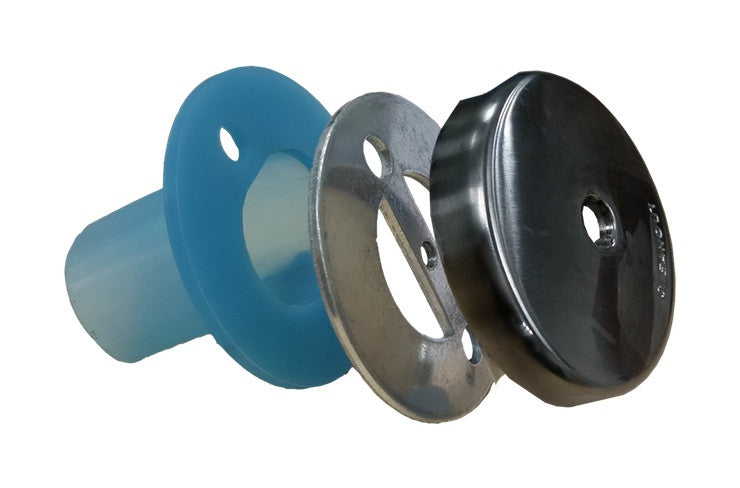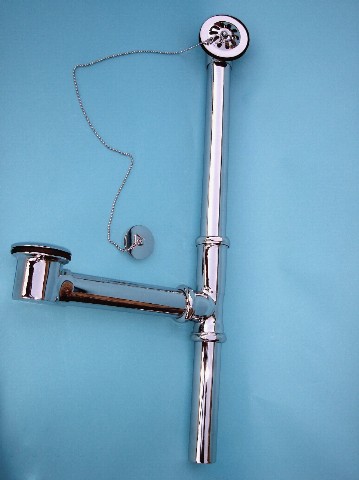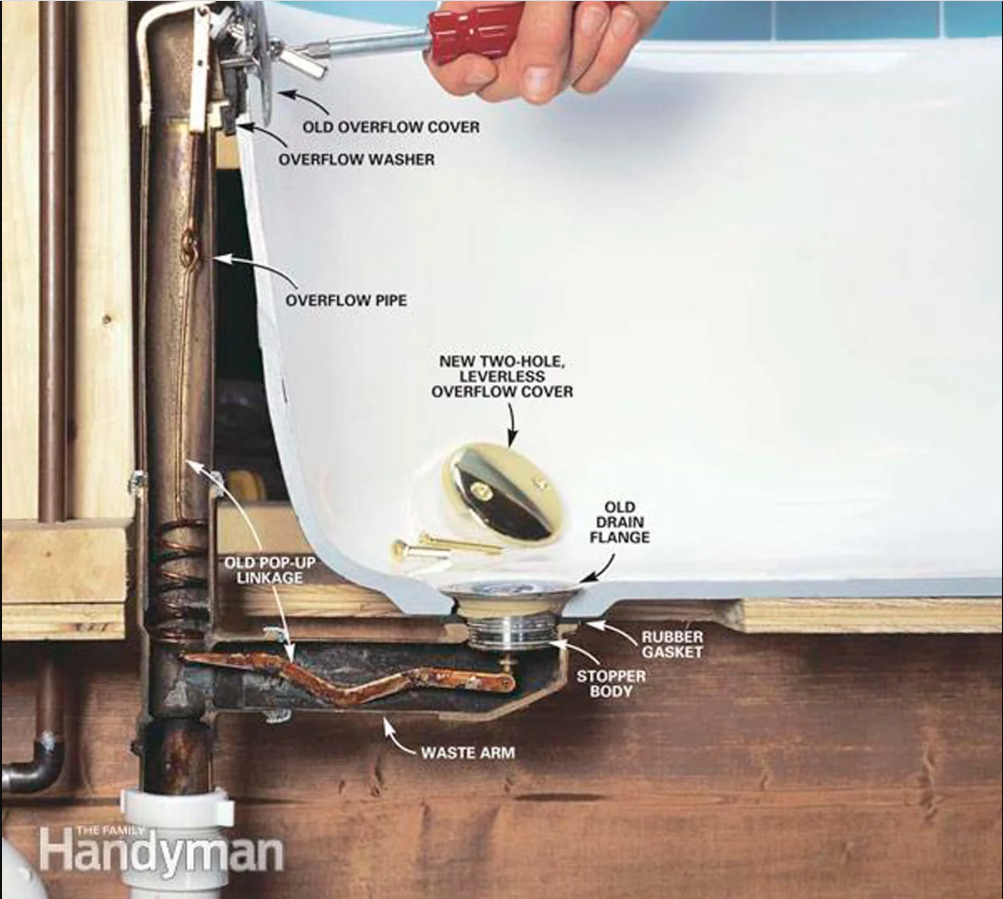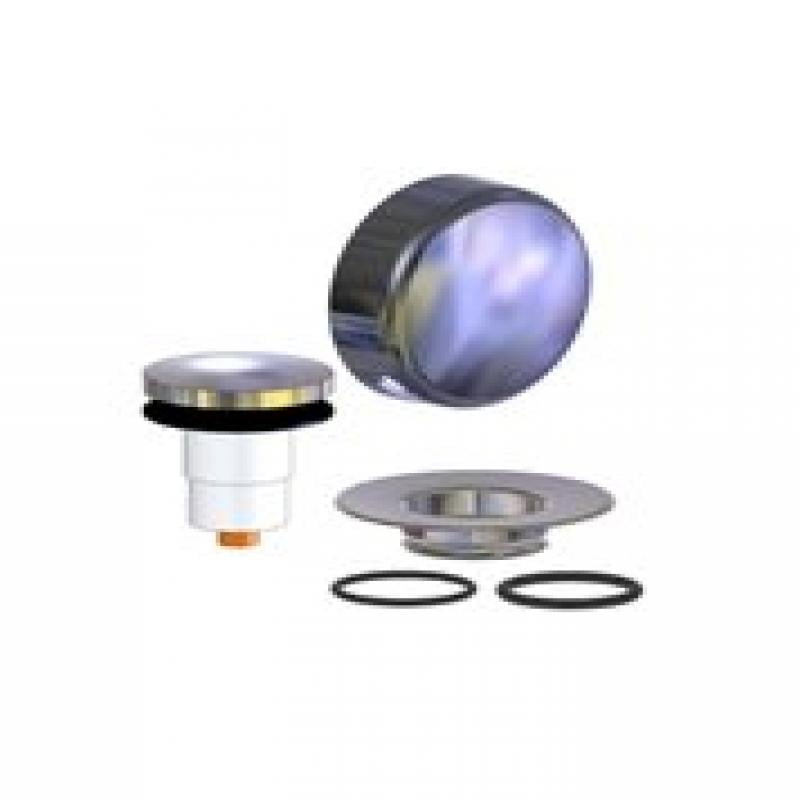
This is most commonly hair and other debris, but will ultimately disrupt water flow and create obstructions in your piping. ClogsĬlogs can easily occur in any household that sees extensive use. Please keep in mind that while an overflow drain is a great addition, it is also installing a secondary pipe system that can corrode or leak. There are a few issues that can occur with an overflow drain.

Issues that can occur with a problematic overflow drain That being said, it is essentially a safety precaution and is recommended for all bathtubs just to prevent overflow and flooding if you ever decide to fill your bathtub and walk away. Installing an overflow drain is also a bit more involved than installing a standard drain. If your bathtub is a shower/bathtub combo or if your bathtub is a smaller model, then having an overflow drain isn’t necessary. Photo Source Does a bathtub need to have an overflow drain?ĭepending on the style of bathtub and its use, having an overflow drain is not always necessary.

This leads to the bottom of the drain, which contains a separate cover that is sealed by a gasket and a stopper. The washer seals the top of the overflow. Overflow drain diagramĪn overflow drain consists of an overflow cover which protects the top of the overflow and usually contains the switch that engages and disengages the trap. The trap locks and unlocks the drain, allowing water to flow in and out. Here is how an overflow drain works:Ģ.If the main drain is plugged or sealed by a mechanical stopper, water will begin to build up.ģ.When the main drain fills, water will begin to reach the overflow stopper instead, allowing it to drainĤ.As long as there is decent pipe flow, your overflow will prevent water from building beyond a certain point, preventing your bathtub from overflowing.ĥ.The overflow drain contains two parts-an overflow drain and a trap. Parts of a overflow drain:Īn overflow drain may seem complicated at first, but the actual mechanics are fairly straightforward. This style is popular for those that don’t want to deal with exposed piping as the overflow channel is built in the tub’s inner wall. An opening is cut along the interior of the bathtub and the excess water is then diverted between the walls of the tub drain. Whereas the traditional overflow is made with an exterior pipe and drain system, an integral overflow is similar to a sink overflow. IntegralĪn Integral overflow is designed a little differently than the traditional style. This style is perhaps the most common in older homes and requires some flexibility in cutting and installing the pipe system. TraditionalĪ traditional overflow consists of a hole cut into the tub to accommodate a drain that installs on the inside and outside walls which collect excess water and sends it down a tub drain to a P-trap. Which one you have in your home will largely depend on the age of your house or bathtub. With overflow drains, there are two primary types available: Traditional and Integral. Beyond just creature comfort, it also ensures that water won’t spill out and flood your bathroom if the faucet is left running. This is important if you don’t want to wait by your bathtub while it slowly fills with water for your bath. Vanity Traps are P-Traps which feature an extra-long (15”) Wall Bend to accommodate deeper Vanity installations.As stated previously, an overflow drain helps to ensure that your bathtub does not overflow if you leave the faucet on. This water in the trap creates a seal that prevents sewer gas from passing from the drain pipes back into the occupied space of a building or home. S-Traps are also used to prevent hazardous sewer gases from entering buildings, and are designed to drain into plumbing below the floor for installations where there is no access to plumbing directly behind the wall.īecause of their shape, J-Bends retain a small amount of water after the fixture’s use. If one with a cleanout plug is installed it can be cleaned without removing and installing a new trap. They are available with or without cleanout plugs.

The Tailpiece on the Lavatory Drain fits into the P-Trap J-Bend, connecting to the Wall Bend, which then enters the wall.

A P-Trap is comprised of a curved “trap” called a J-Bend and a drain pipe called a Wall Bend. P-Traps can be found at almost any fixture that drains water and are designed to prevent hazardous sewer gases from entering the building.


 0 kommentar(er)
0 kommentar(er)
